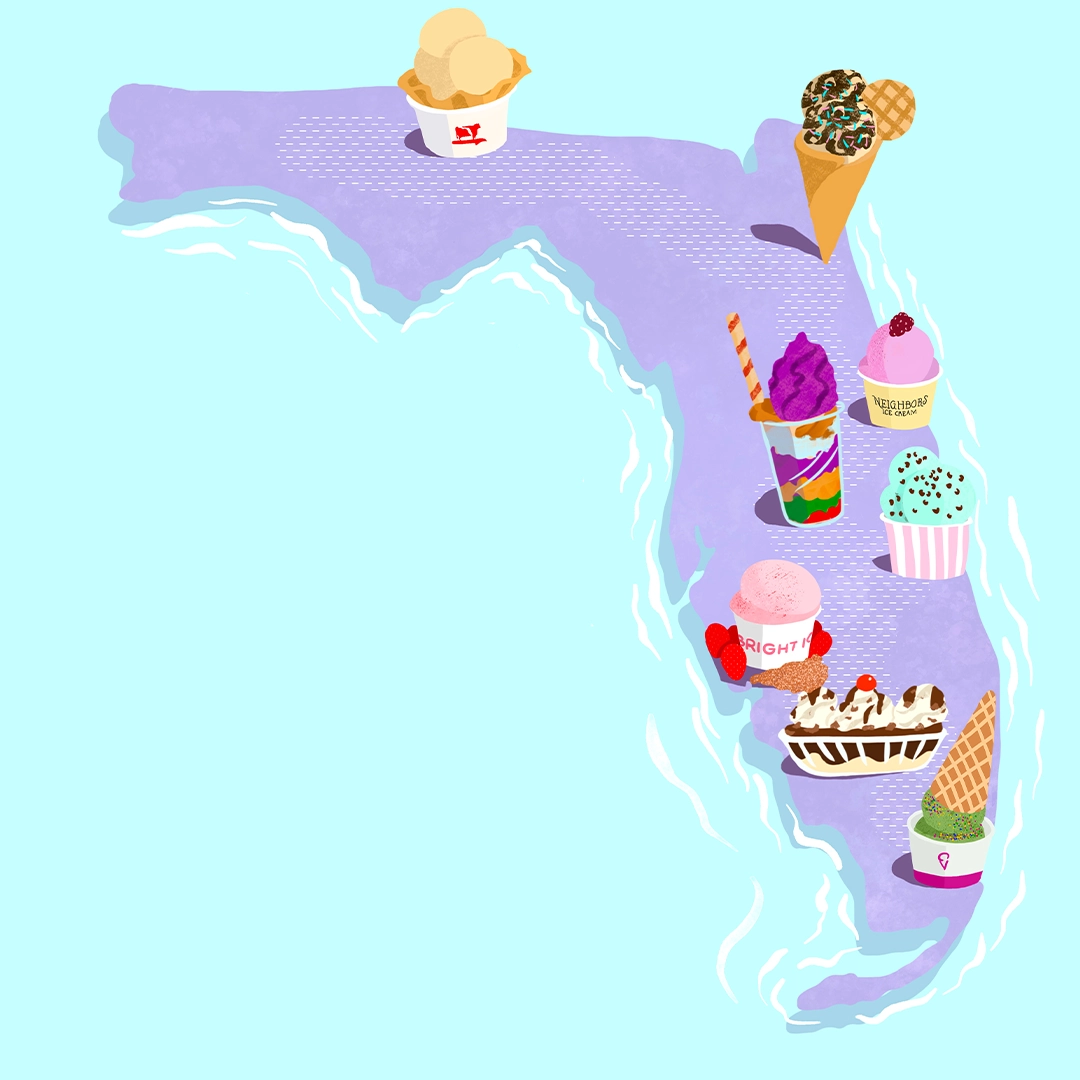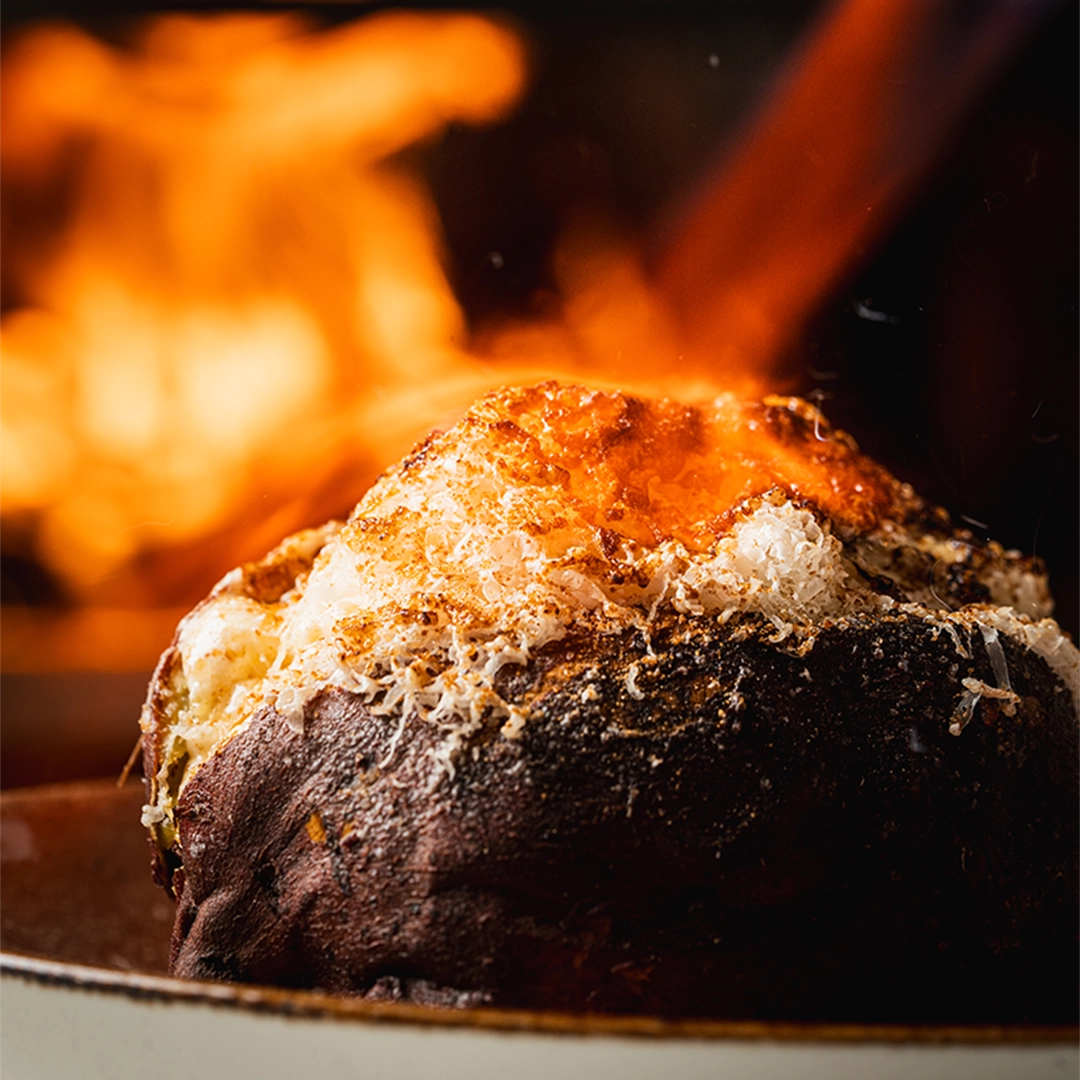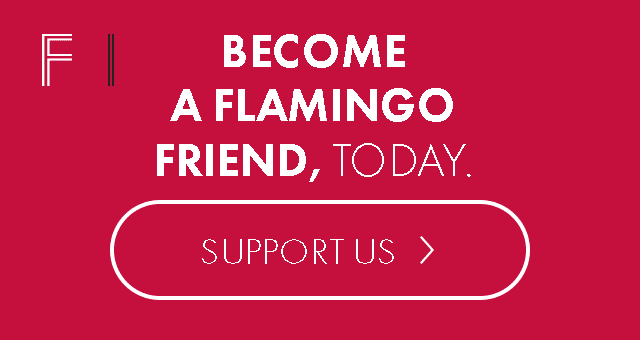by Eric Barton | April 29, 2020
Yes, There’s Good News for Florida’s Restaurant Industry
In this time of uncertainty, Florida restaurateurs are adapting, innovating and paving a way forward.

Plexiglas may be a far bigger thing in your life soon.
Sit down at a restaurant booth sometime in the near future and you’ll likely be surrounded by acrylic walls. At your local bar, the thin sheets of plastic might also serve as a partition between every person pulling up a stool.
It’s part of a plan that will seem like good news to anyone who’s a fan of going out to eat: just one piece of the proposals now taking shape about how we can safely reopen restaurants.
For some, that’ll come sooner than others. This week Gov. Ron DeSantis cleared the way for restaurants in most of the state to open May 4, with some restrictions. South Florida counties, however, will have to wait longer. While there has been a whole heap of bad news about the industry, there are dollops of hope despite the shutdown.
To figure out where things stand for Florida restaurants, Flamingo checked in with a few industry experts—and we’re happy to report a veritable light at the end of this once-dark dining tunnel.
THE NEW NORMAL WHILE DINING OUT

Like many restaurateurs, Marc Falsetto spent the past month figuring out how his establishments can limp by until he’s allowed to reopen dining rooms.
Falsetto’s company, Handcrafted Hospitality, operates seven restaurants in South Florida and had two more under construction before all of this began. After the restaurant closure came down, Falsetto and his team created $10-per-person taco kits at his TacoCraft restaurants and started selling meats by the pound and grocery items like toilet paper, onions and bread from Henry’s Sandwich Station. Now, items other than sandwiches make up 20 percent of the sales at Henry’s.
But through all of this, Falsetto constantly thought about how to reopen his restaurants after the ban is lifted. He studied options and devised plans to make guests and employees feel safe as the industry evolved.
“I’m an optimist,” Falsetto says. “I built my business in the last recession. It’s like anything else. Only the strongest will survive. You’re going to have to pivot.”
He’s not alone. Restaurants from Hong Kong to New York are searching for guidance on how to reopen. In Florida, Miami Beach led the way in releasing guidelines that would slowly reintroduce restaurants, beginning with outdoor seating only and restricting anyone from hanging out at bars, which may have Plexiglas partitions between patrons in the future.
The proclamation by DeSantis requires restaurants that reopen May 4 to run at 25 percent capacity and keep diners six feet apart. That’s only if the local government allows it, and it also precludes places in Broward, Miami-Dade and Palm Beach counties. No word yet on when restaurants in South Florida will be allowed to return to table service, although DeSantis said it could be “relatively soon.”
When South Florida eateries eventually get the green light, it’s not just about following guidelines, Falsetto says. He knows restaurateurs and the industry must take measures to make diners feel at ease. When guests return, he says his restaurants will reopen with menus only if requested to prevent potential diseases from spreading on them. Server stations will be moved out of the main dining rooms to prevent crowded areas. Booths will likely be surrounded by Plexiglas. Everything will be sprayed down with disinfectant between customers.
“I’m going to go above and beyond what they say we need to do,” Falsetto says.
It may seem strange to imagine your favorite pizza place or sushi restaurant after all this—hand-delivered pieces of sashimi in an intimate omakase room seems problematic. Thankfully, the dire predictions made at the beginning of all this have given way to new ideas, hope and the realization that there are steps restaurants can take to get back to business.

THE REINVENTION OF THE RESTAURANT
On March 14, John Rivers held a call with his team of managers at his barbecue restaurants. A former pharmaceutical executive, Rivers founded the 4 Rivers Smokehouse in 2009 and built it up to 14 locations across Florida. He knew the closure of dining rooms could crush his business, so he asked his team for ideas on how to survive.
The manager of the Coral Springs location, Matt Cormier, had an idea that seemed a bit nuts at the time: He’d transform the smokehouse into a specialty grocery store. They’d sell prepared meals and kits and offer the grocery items missing from bare supermarket shelves.
While much of the restaurant industry struggles, Cormier’s plan kept the location running at 87 percent of its previous earnings. Rivers repeated the recipe at other locations—bringing in anywhere from 40 percent to 90 percent of the business they did before. Now, he’s generated enough income to keep his restaurant group going through the shutdown, he says. Initially he had to let 400 people go, but by changing his business model, he’s hired half of them back. Rivers is also using some of his restaurants to provide meals to food insecure students and their families around the state through his organization Feed the Need.

“It was a little daunting when you lose $30 million in sales overnight. You realize you either make changes and survive or give up and die,” Rivers says. “There’s always an opportunity—if you don’t give up and you look for opportunities.
“The key word,” he says, “is pivot.”
Photography courtesy of Handcrafted Hospitality and 4 Rivers Smokehouse





